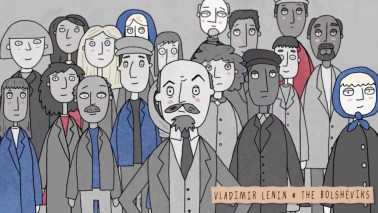The peculiar career of John Bumpass Calhoun (1917-95), the psychologist, philosopher, economist, mathematician and sociologist who was nominated for the Nobel Peace Prize and was the subject of a glowing article in Good Housekeeping, comes accompanied with more than its fair share of red flags. He studied how rodents adapted to different environments and specifically how the density of a population affects an individual’s behaviour. He collected reams of data but published little, and rarely in the mainstream scientific journals. He courted publicity, inviting journalists to draw from his studies of rats and mice apocalyptic conclusions about the future of urban humanity.
Charged with reducing the rat population of Baltimore, Calhoun added more rats
Calhoun wasn’t a ‘maverick’ scientist (not an egoist, or loner, or shouter-at-clouds). Better to say that he was, well, odd. He had a knack for asking the counter-intuitive question and an eye for the unanticipated result. Charged in 1946 with reducing the rat population of Baltimore, he wondered what would happen to a community if he added more rats. So he did – and rodent numbers fell to 60 per cent of their original level. Who would have guessed?
The general assumption about population, lifted mostly from the 18th-century economist Thomas Malthus, is that species expand to consume whatever resources are available to them, then die off once they exceed the environment’s carrying capacity. But Malthus himself knew that wasn’t the whole story. He said that there were two checks on population growth: misery and vice. Misery, in its various forms (predation, disease, famine) has been well studied. But what, Calhoun asked, in a 1962 Scientific American article, of vice? In less loaded language: ‘What are the effects of the social behaviour of a species on population growth – and of population density on social behaviour?’







Comments
Join the debate for just £1 a month
Be part of the conversation with other Spectator readers by getting your first three months for £3.
UNLOCK ACCESS Just £1 a monthAlready a subscriber? Log in